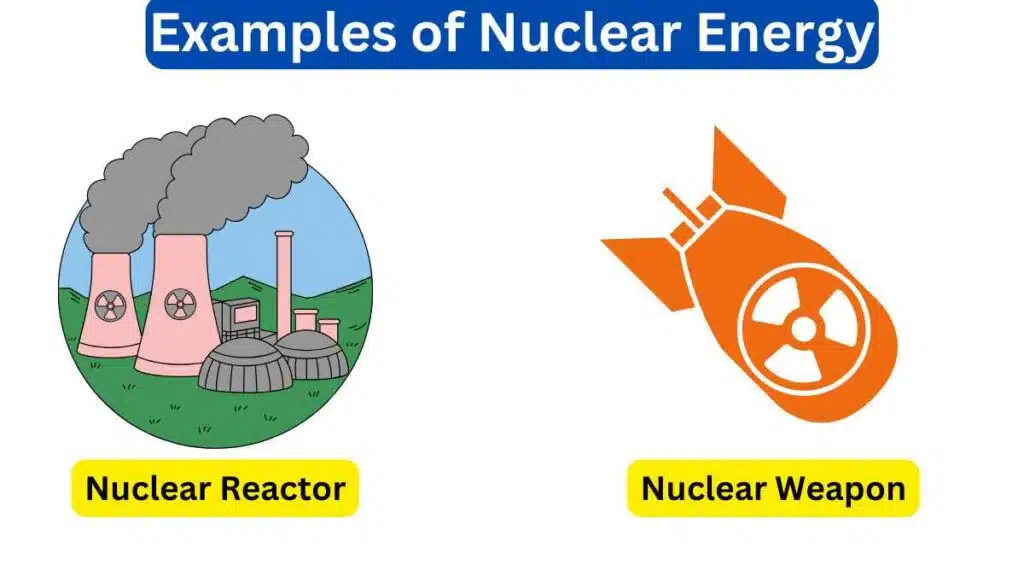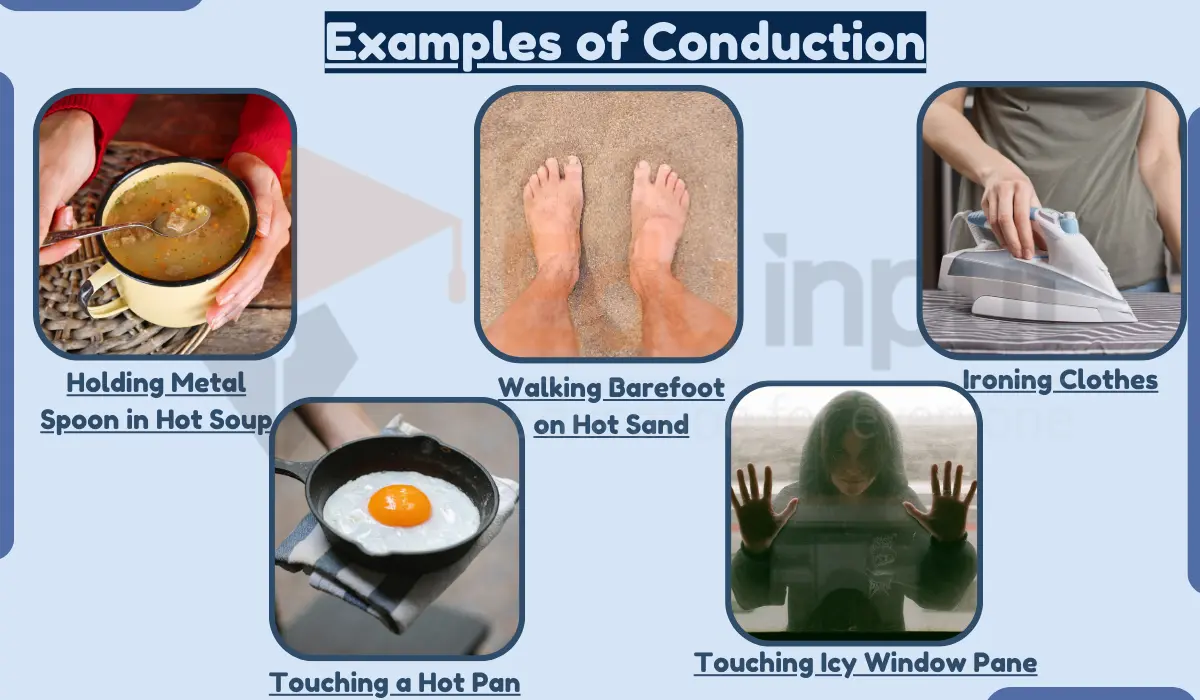10 Examples of Nuclear Energy That Shape Our World
Nuclear energy is a type of power that is generated from the fission of atoms or the fusion of atoms. Examples of nuclear energy in everyday life include electricity, reactors, submarines, ships, weapons, and medicine.
Examples of Nuclear Energy
Here are 10 ways that nuclear energy is used in daily life.

1. Electricity Generation
We use electricity in our daily lives. Electricity can be produced by nuclear energy. Nuclear power plants use fission to heat water into steam that spins turbines to generate electricity. Nuclear provides about 10% of the world’s electricity.
2. Nuclear Reactors
A very common example of nuclear energy is nuclear reactors. Research reactors provide neutron beams for testing materials, producing radioisotopes for medicine, and training nuclear engineers.
3. Nuclear Submarines
Nuclear reactors provide power for propulsion systems on submarines, aircraft carriers, and icebreakers. This allows them to operate for long durations underwater.
4. Nuclear Ships
Nuclear-powered cargo ships and passenger ships use onboard reactors for propulsion. The Russian icebreaker fleet is nuclear-powered.
5. Nuclear Weapons
Nuclear fission and fusion are used in nuclear weapons like atomic bombs. The uncontrolled release of energy causes explosions.
6. Medical Treatments
Nuclear medicine uses radioactive isotopes produced in reactors for imaging scans and cancer radiation therapy.
7. Food Irradiation
We can also use nuclear energy for food irradiation. Food is irradiated using gamma rays from cobalt-60 or X-rays to kill bacteria and extend shelf life.
8. Spacecraft Power
Radioactive decay provides heat and electricity for space probes, satellites, and manned spacecraft.
9. Industrial Gauges
Nuclear techniques analyze materials like thickness, moisture content, and composition of substances.
10. Archaeological Dating
We can determine the age of fossils with the help of nuclear energy. The radioactive decay of materials like carbon-14 can determine the age of ancient artifacts and fossils.







Leave a Reply